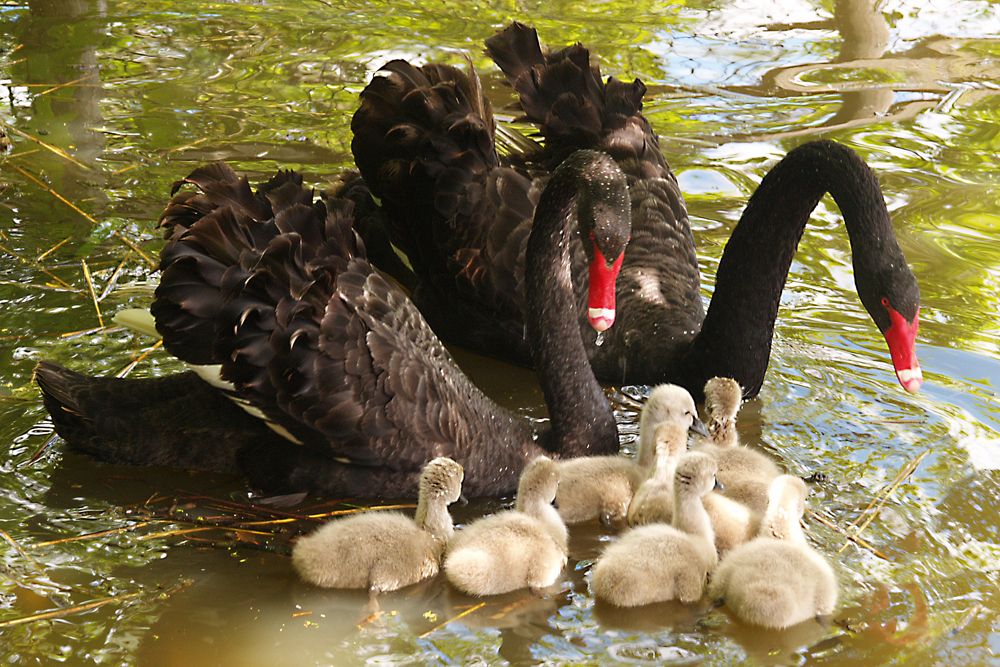The sun’s return for much of the day on Friday was very welcome and meant an above average temperature with a maximum of 21.1C logged at 17.13 being +3.8C, after the cool, cloudy day on Thursday. The dry spell continued with the equivalent of another 5mm of rainfall lost through evaporation from ground sources and plant life. The dominant anticyclone meant a continuation of the brisk, cool northeasterly breeze, a price to pay for the dry, sunny weather that we have enjoyed for so many days, with the high pressure resident in its current position.
Back tracking the cloud radar this morning it was noticeable that the cloud began to drift back across our area, from the North Sea, shortly after midnight, which corresponds with the minimum temperature occurring in the very early hours, rather than much later, around sunrise recently, when a minimum of 8.2C was logged at 01.25, thus a much milder night not being under many hours of clear skies. It was the mildest night since the 12th being 1.1C above my long-term average.
The start to Saturday revealed the total cloud cover that was relatively thin and high. The cloud radar showed the cloud drifting as far west as Devon in the early hours and just beginning to thin over Plymouth at 08.00. At that time there was evidence of some brightness here, so we should get some warm sunshine by midmorning or earlier, as the cloud thins and disperses, retreating back eastwards. The air flow starts around the north of Iceland, drifts down the west coast of Scandinavia and then bends west across the UK. That is a long track across cool water picking up moisture as it travels.
There is increasing confidence in the projected Jet Steam track, which is forecast to begin to fragment and change its direction, probably from as early as Thursday next week. Therefore, by Friday there is likely to be a significant change in our weather after the many consecutive dry and sunny days, with the possibility of some precipitation.
Thankfully, the problem with the restricted width of the data pages on this website has been resolved so they are now full width on each page.
Abbotsbury Swannery image: I mentioned yesterday that the early monks farmed the swans to produce food for their lavish banquets, however, I heard this morning on a Radio 4 programme, in a conversation with the Swan Keeper, that they only ate the tender cygnets. There was also the factor that Swans drank the brackish water whereas the cygnets only drank the fresh water and ate eel grass, so presumably much more to their taste.
